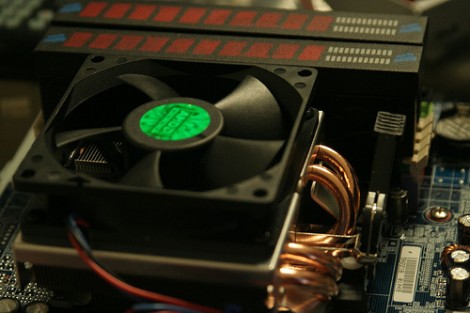![]()
[Ryan O’Hara] built a location tracker he could use on motorcycle trips. Ostensibly this is to give his wife piece of mind be we think that was an excuse to play with GPS and SMS. To stand up to the trials of the road [Ryan] took his breadboarded prototype to the next level, using a manufactured board and a SparkFun enclosure. Tucked safely away is a PIC 18F25K20 gathering longitude and latitude from a GM862, formatting the info into a Google Maps link, and sending it to the Twitter feed via an SMS message. If you’re not familiar with the GM862, in addition to being a GPS module it can send and receive cellular data on a GSM network.
This is a nice solid hardware platform from which we can envision a couple of other hacks. The feed could be parsed to make a nice map graphic like the webpage for that Twittering Road Bike. It also might be nice to have a d-pad and character LCD to post your own tweets to the feed at the end of the day.
















